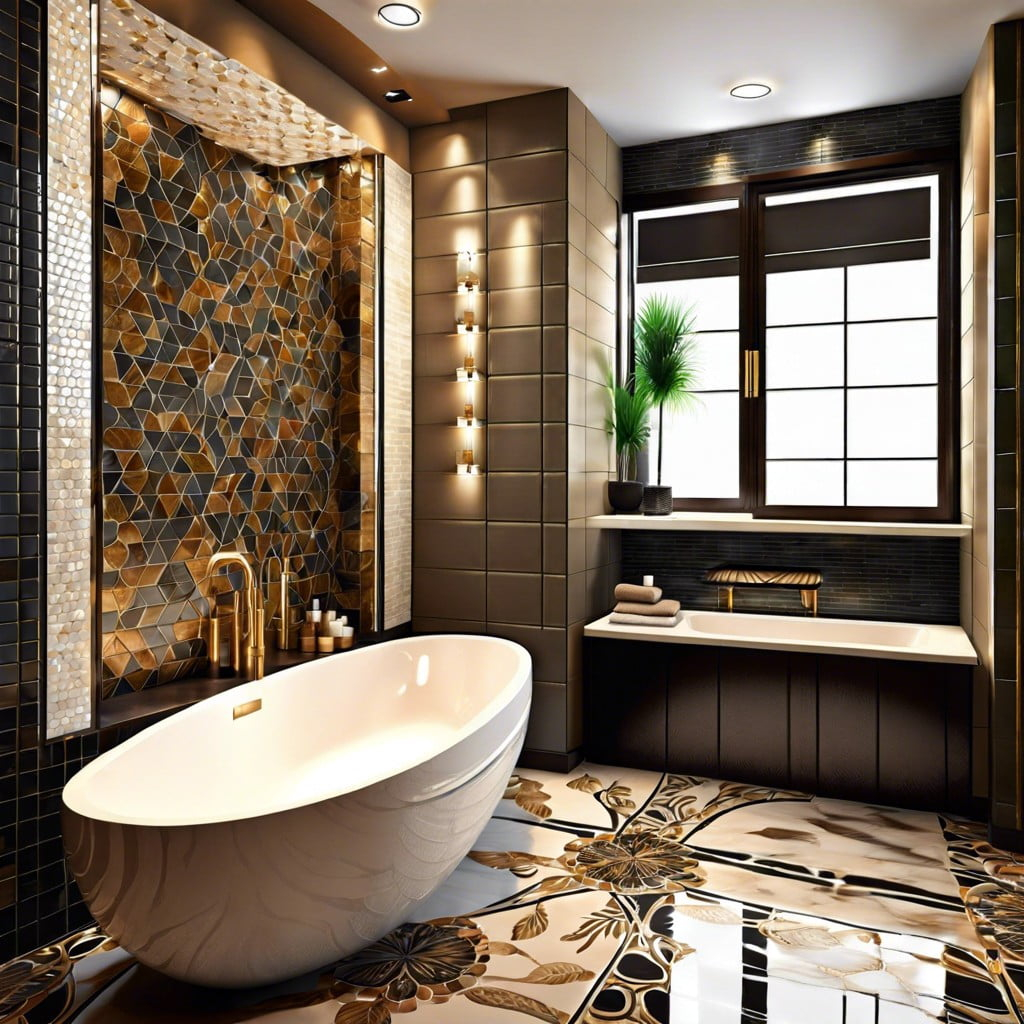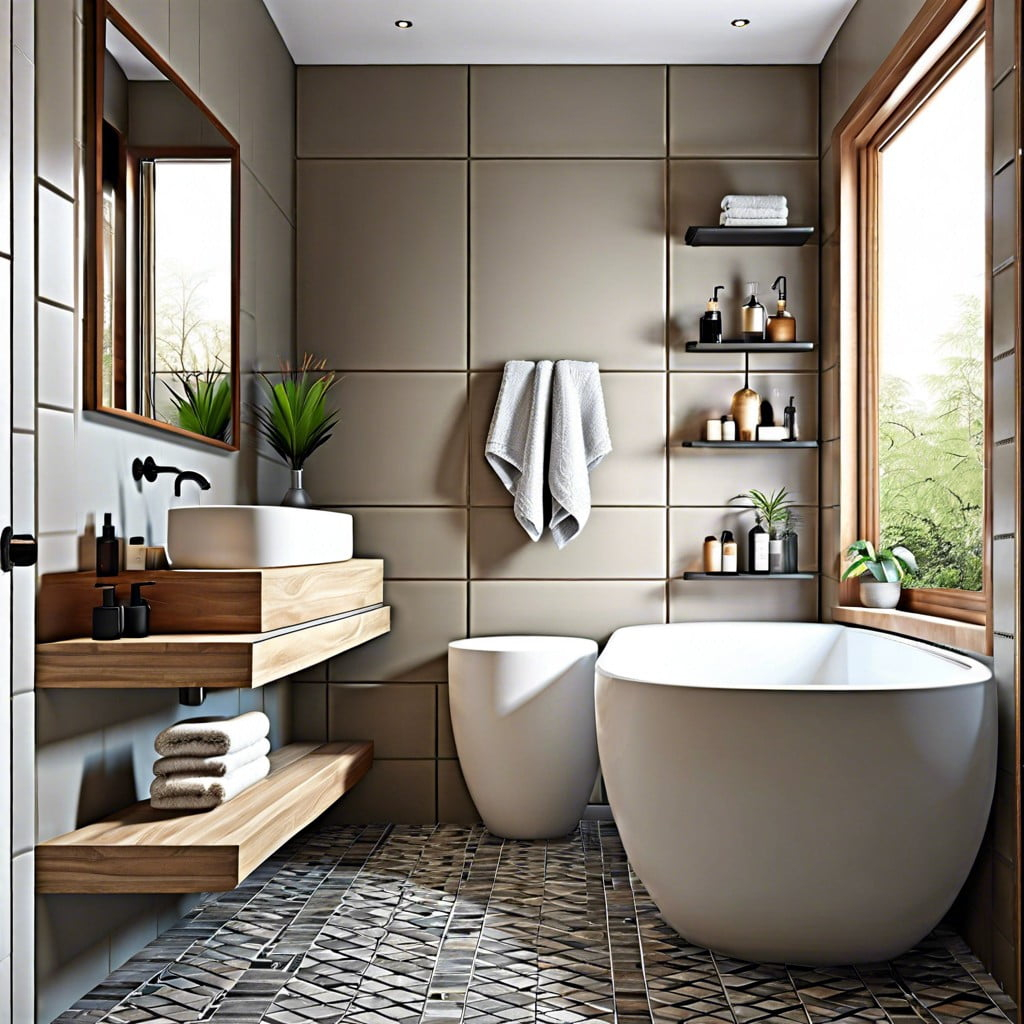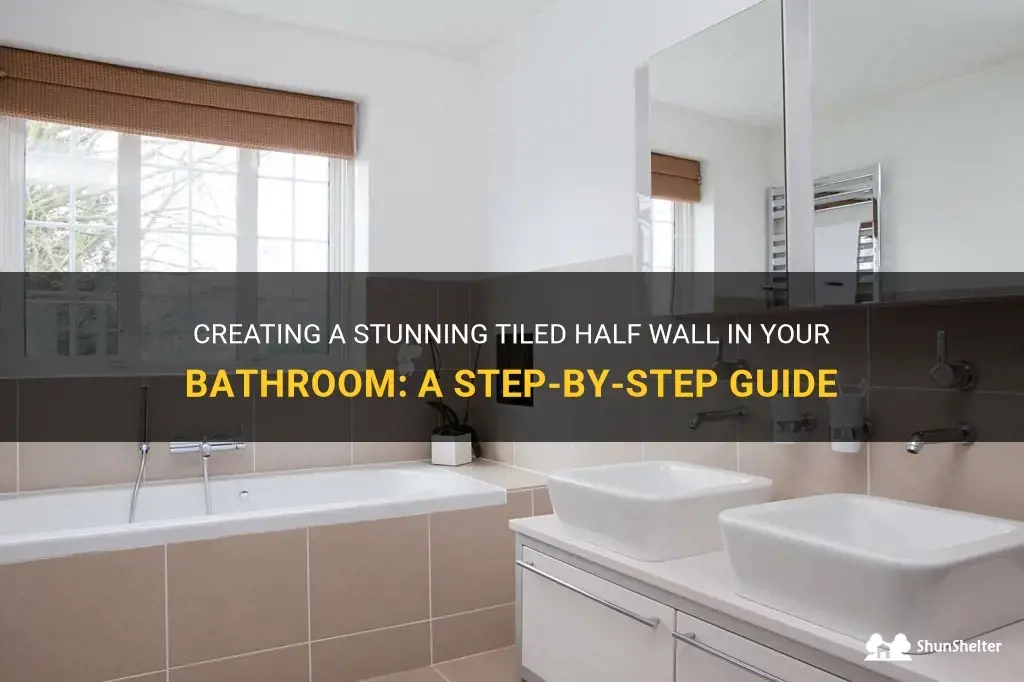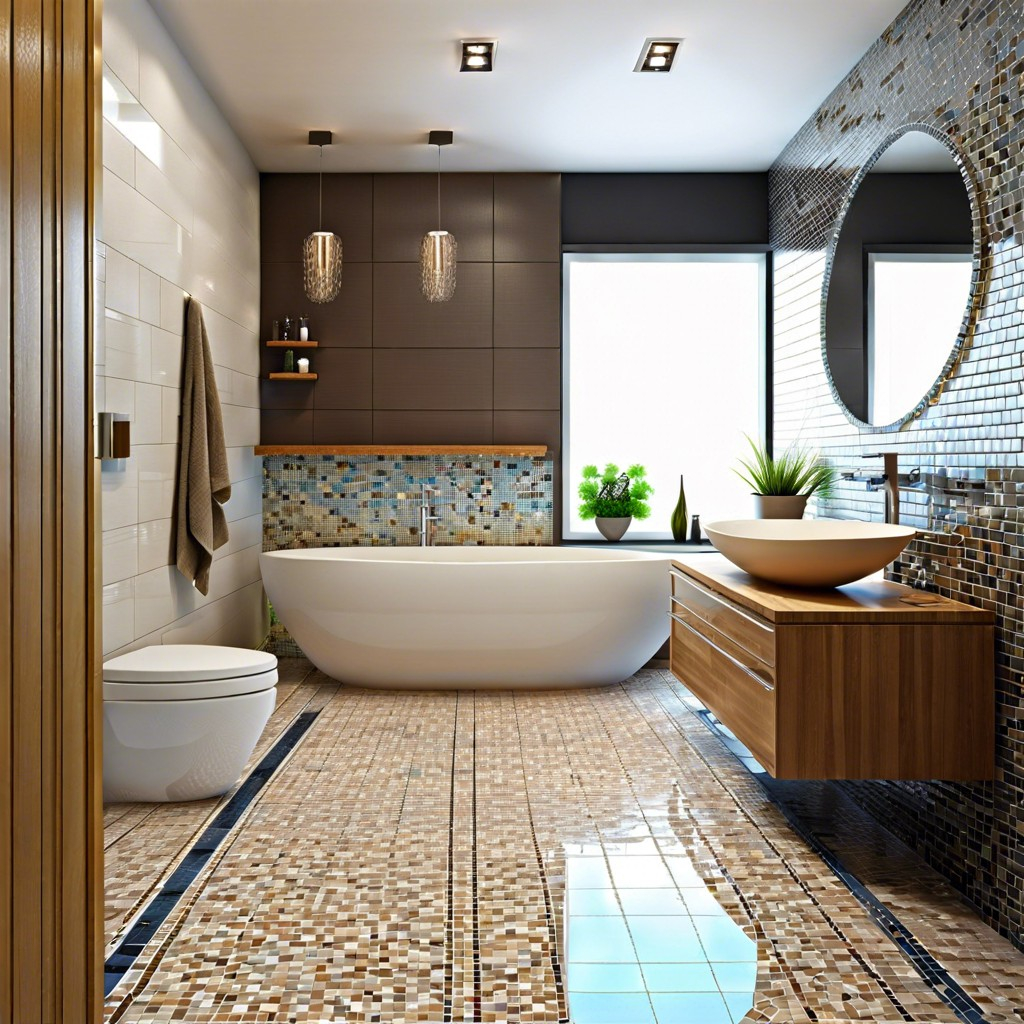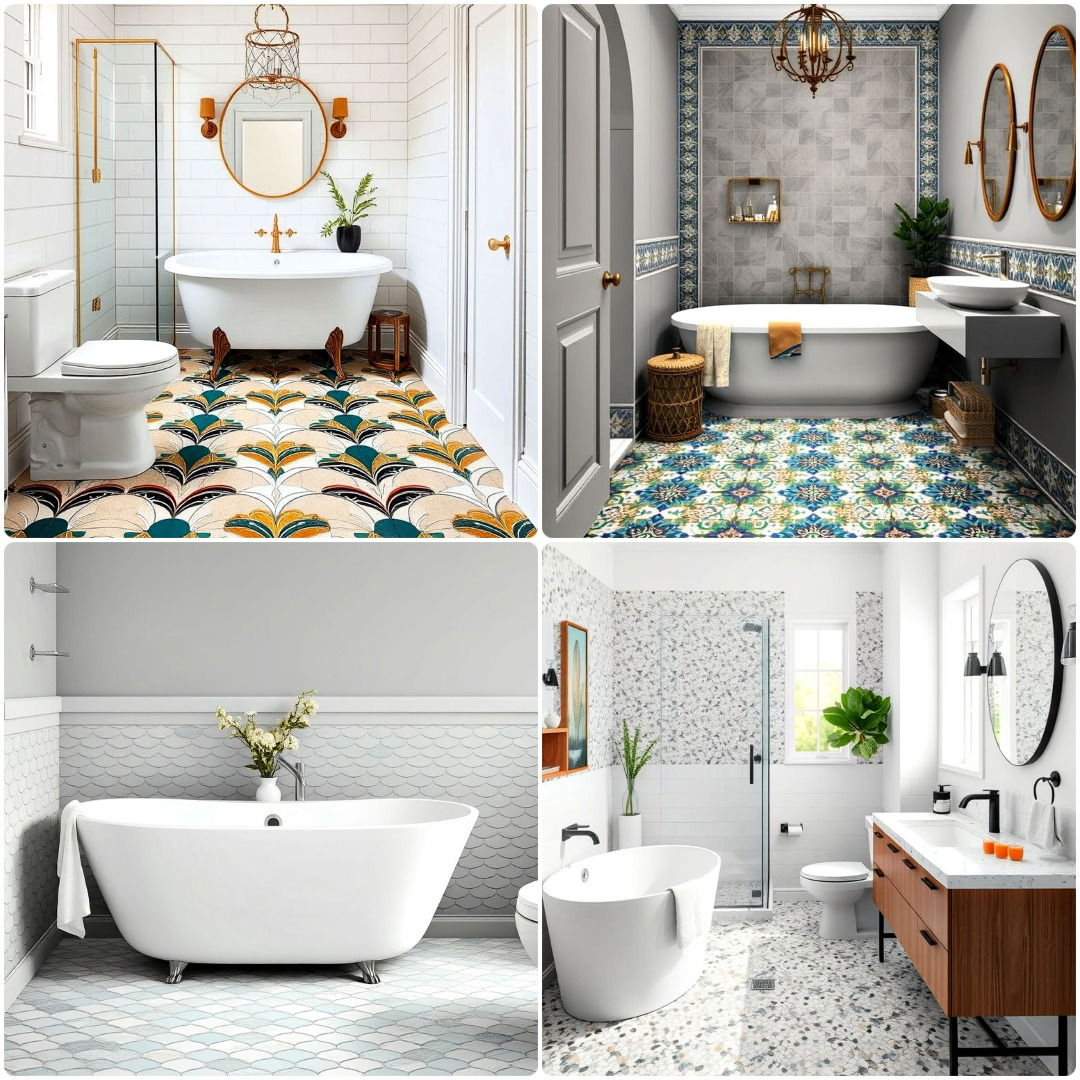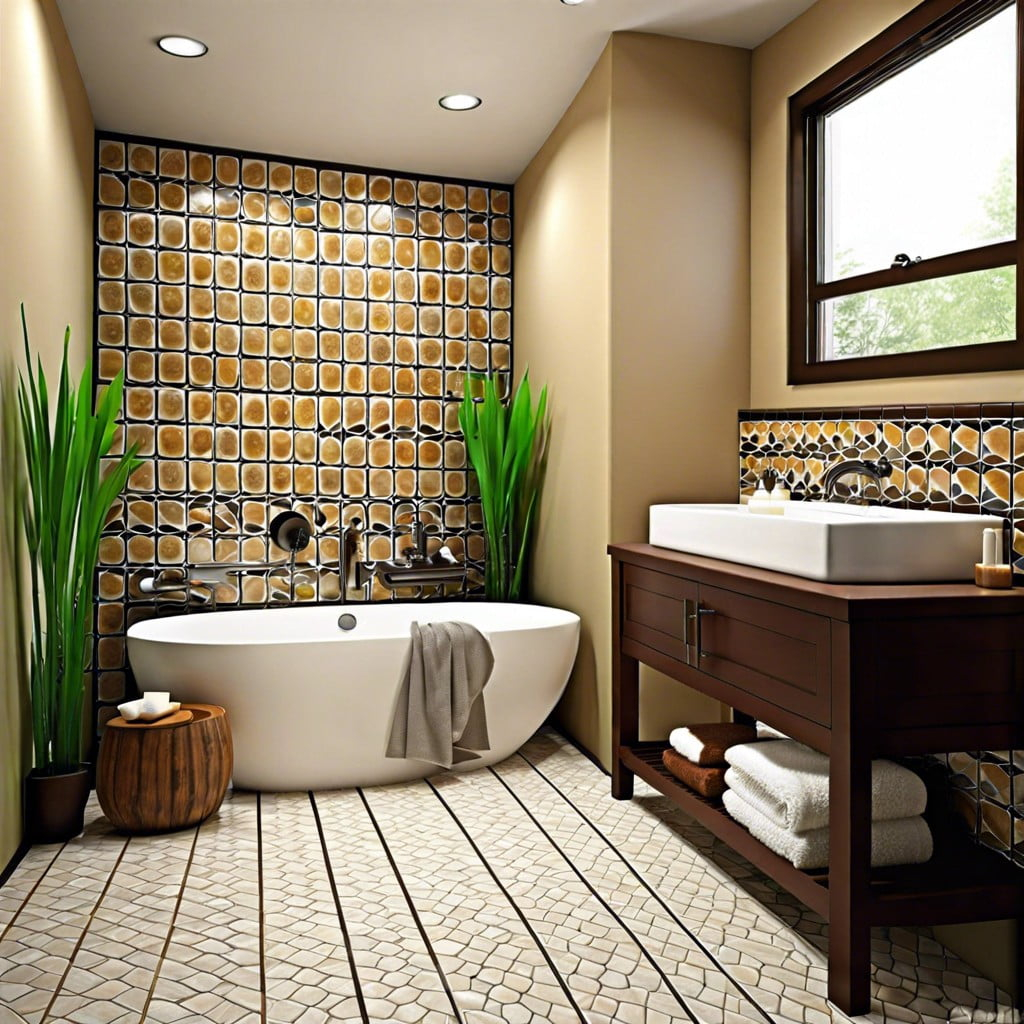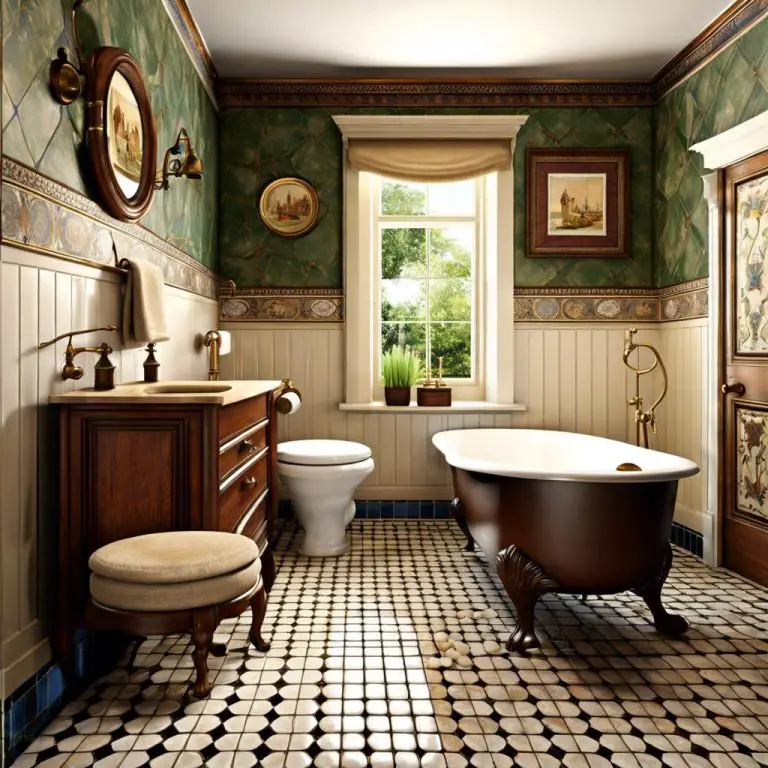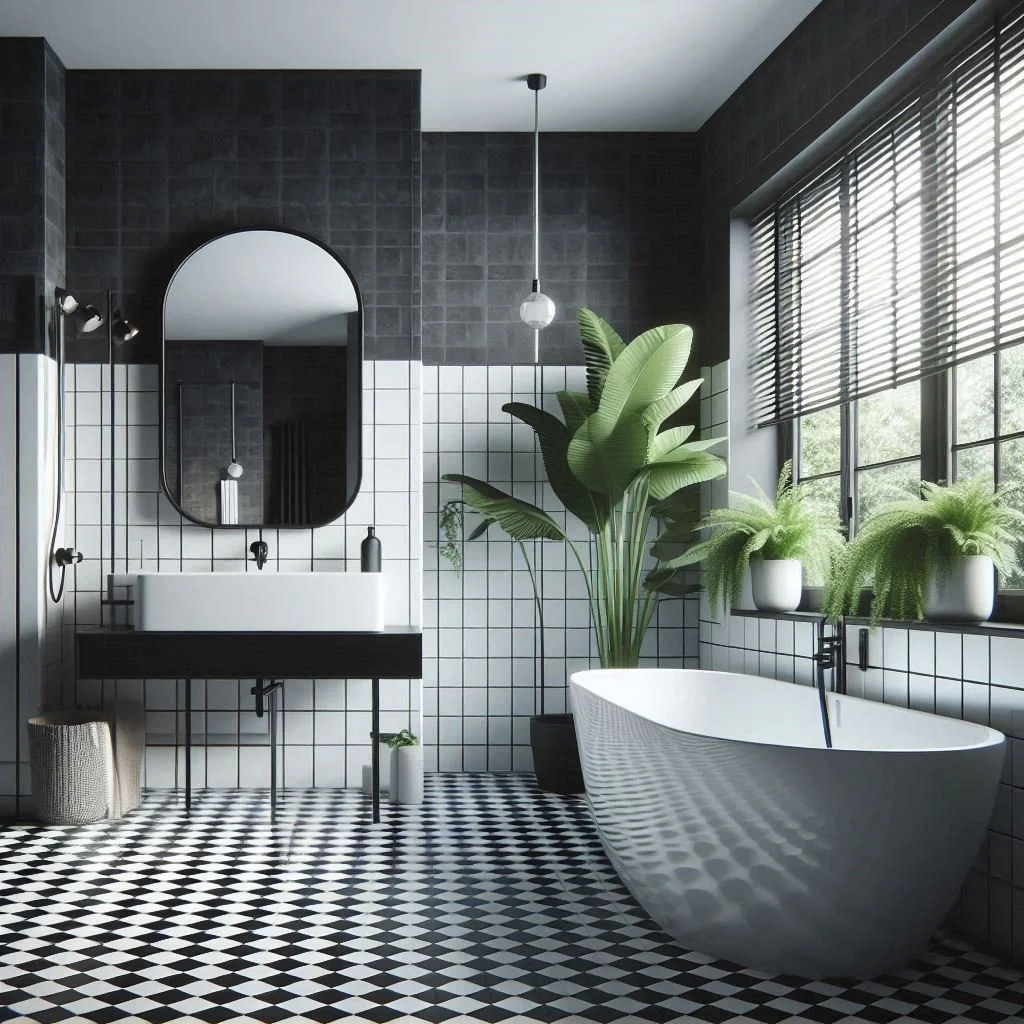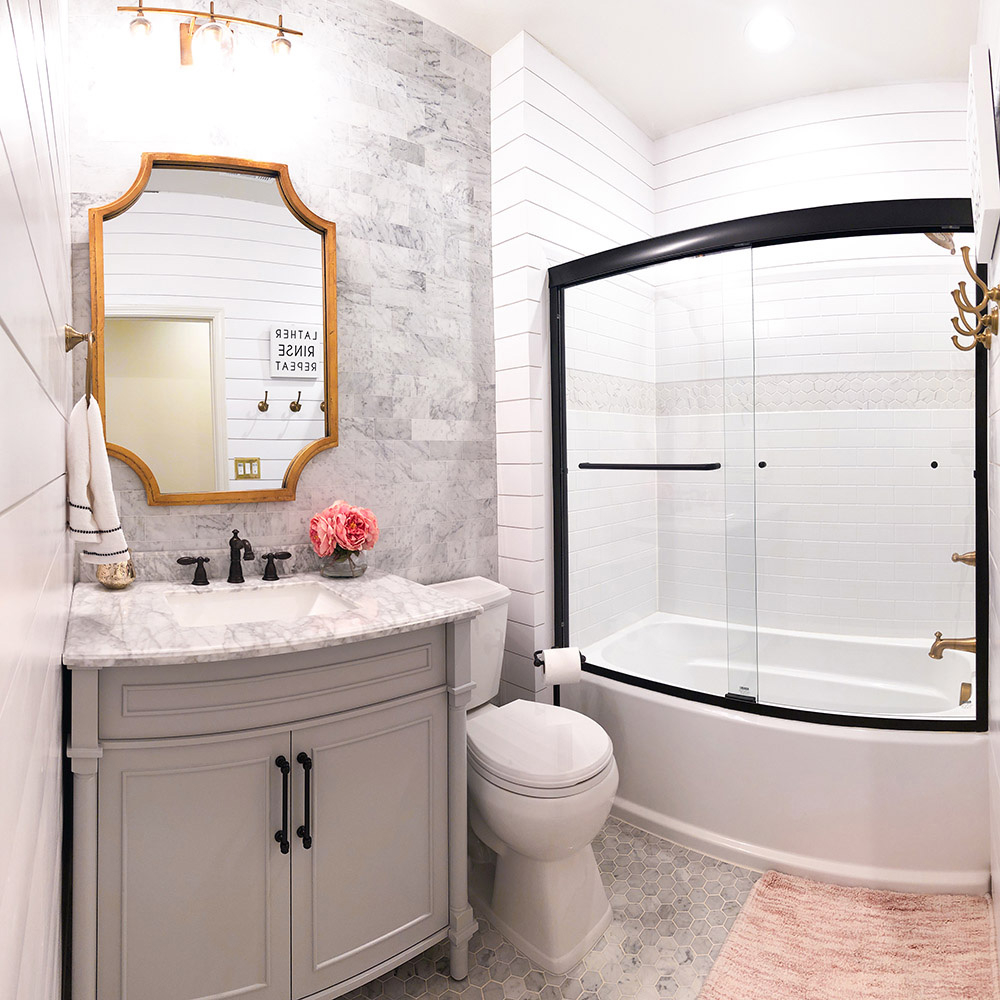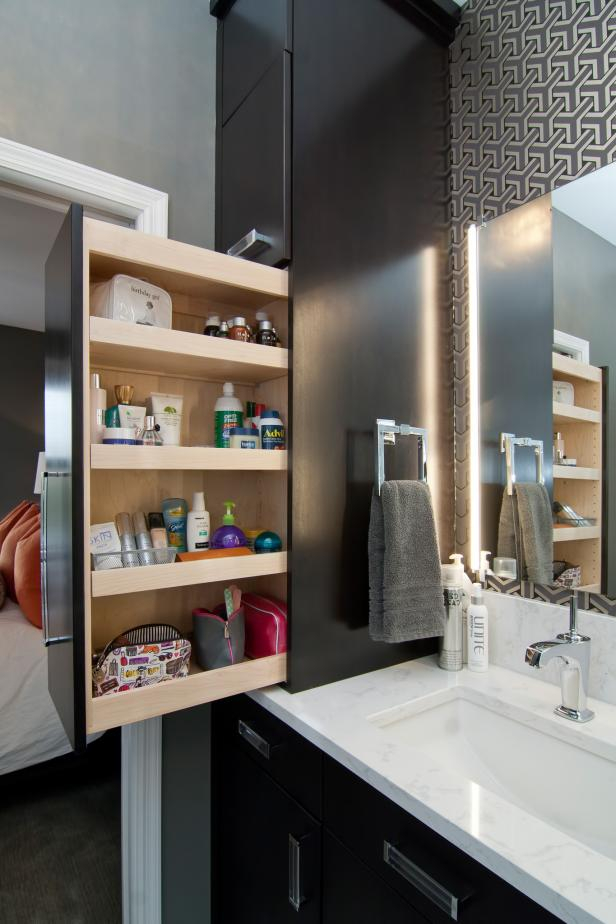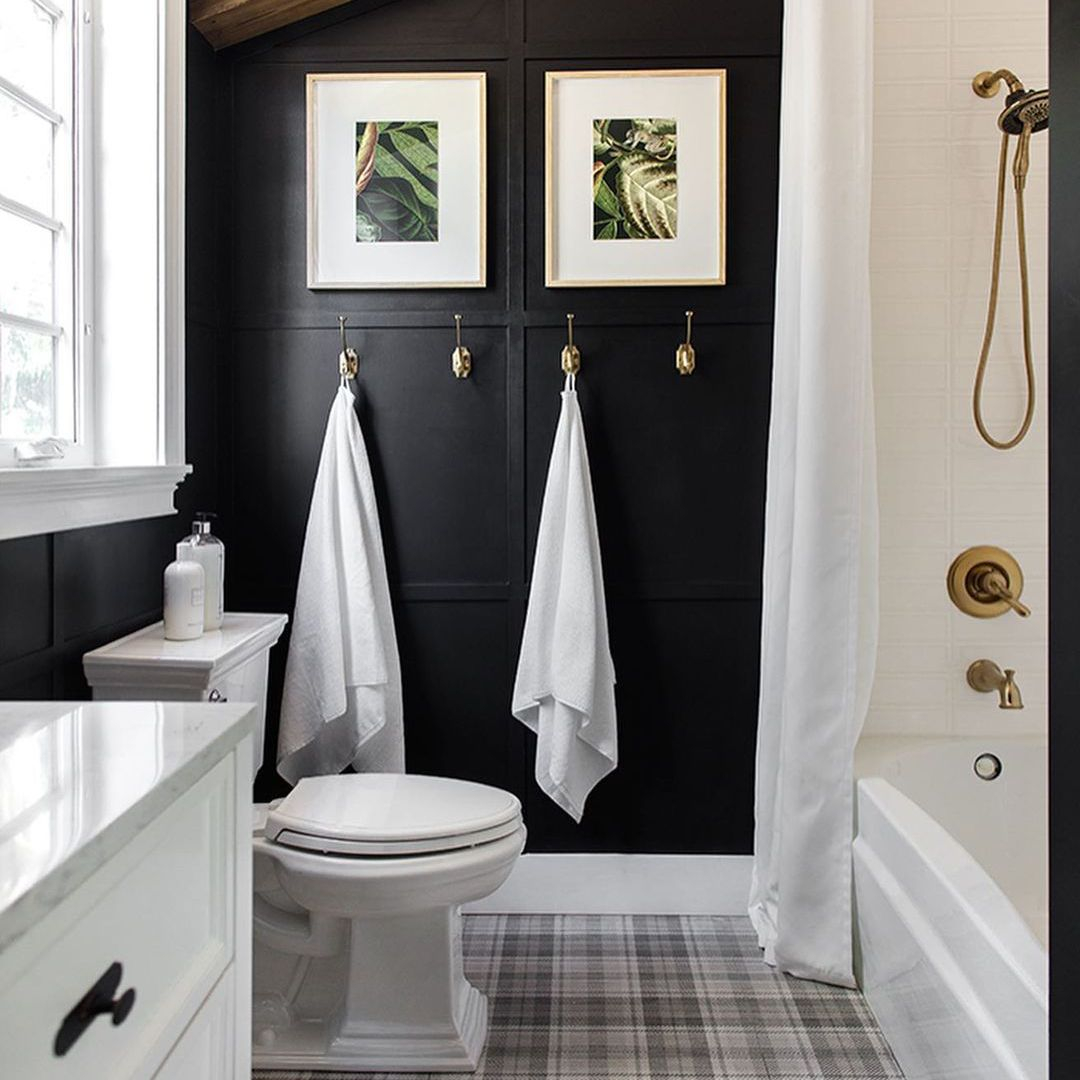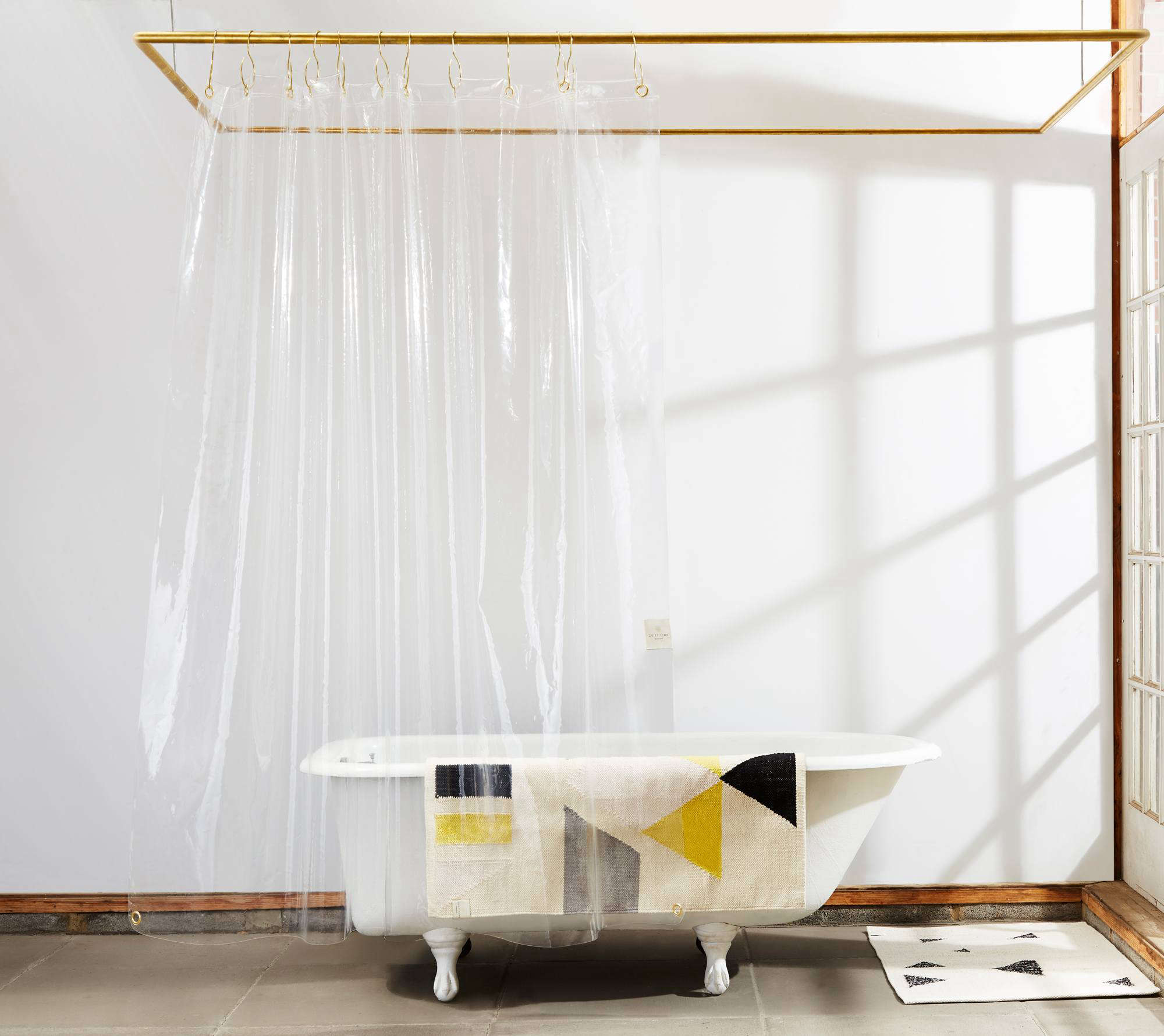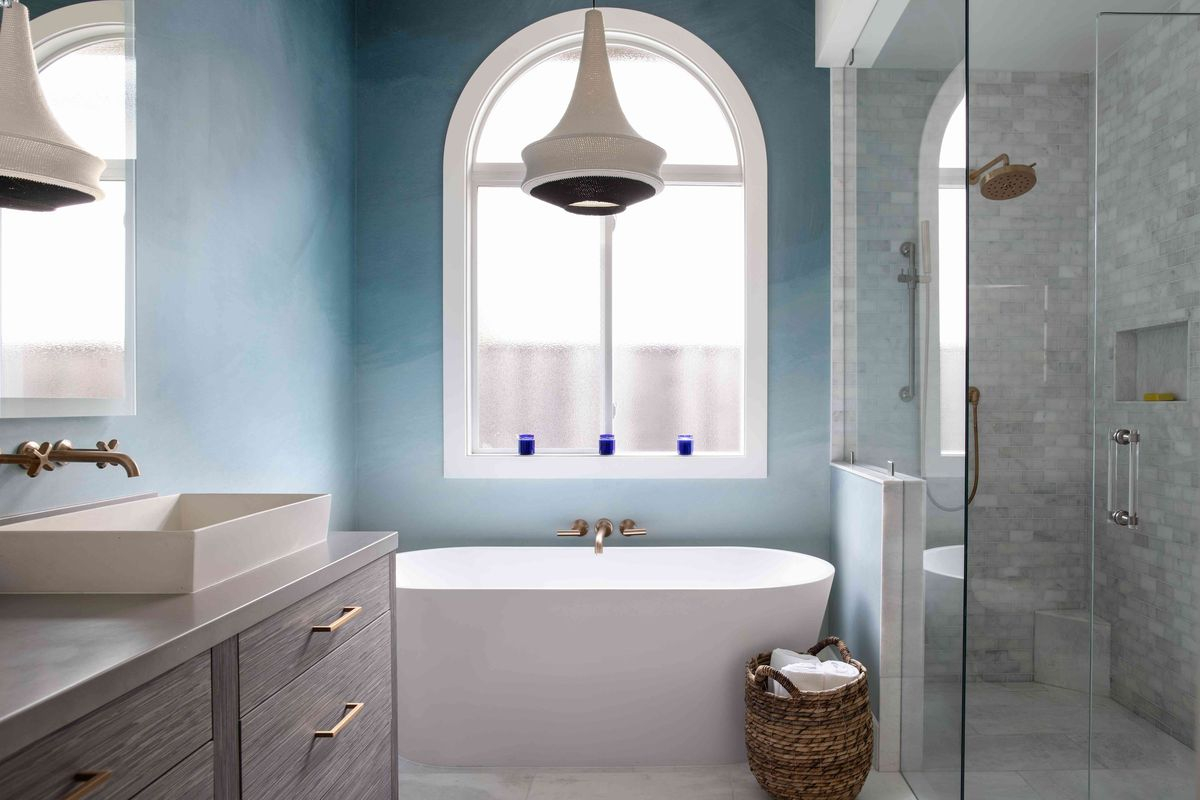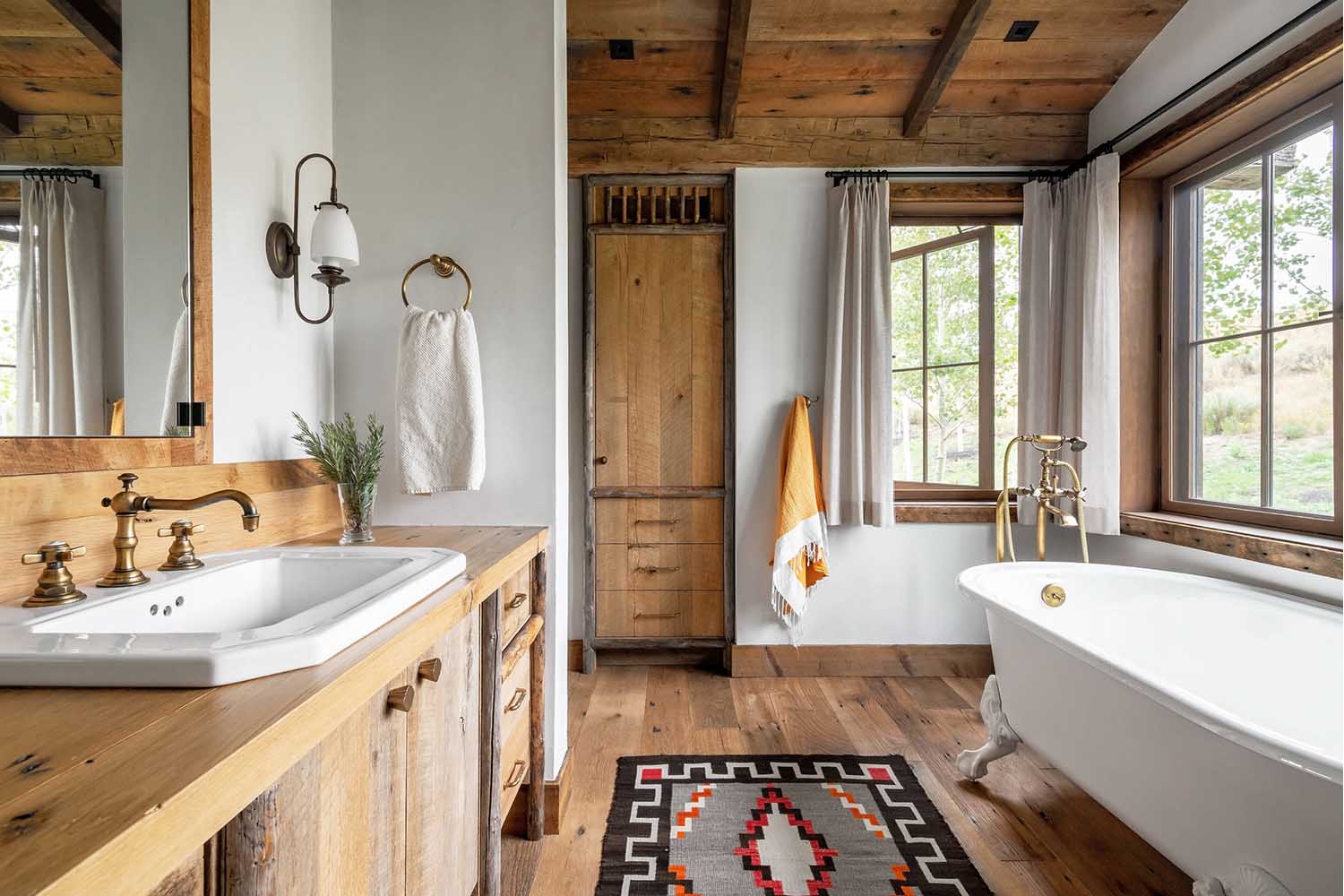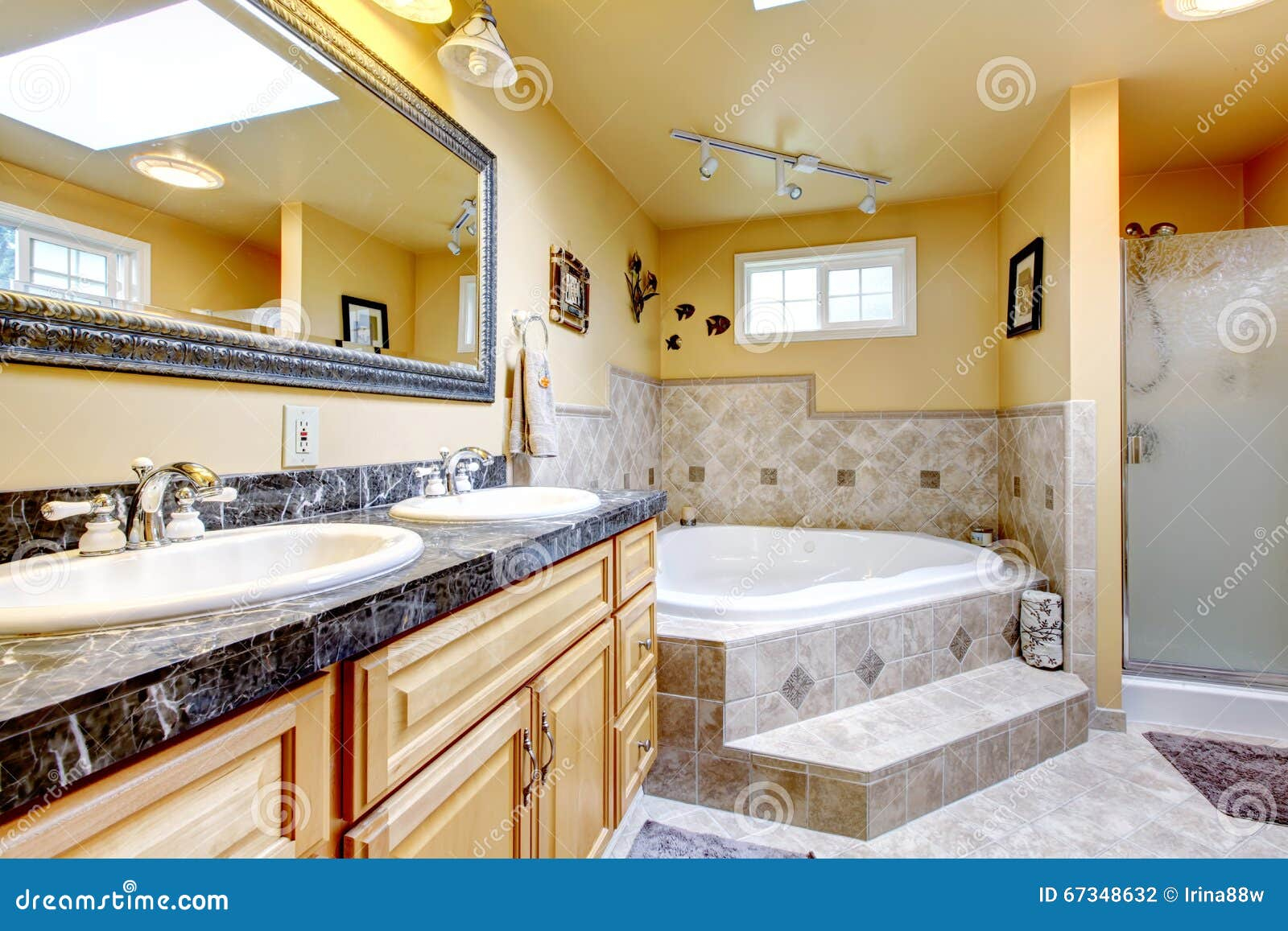Remember when bathrooms were just… bathrooms? Functional, sure, but often lacking a certain flair. Well, things have certainly changed. We’re seeing a fascinating shift in how we approach bathroom design, and a big part of that is the rise of half-tiling. It’s more than just a decorative choice; it’s a smart way to add character, protect your walls, and create a space that feels both chic and lived-in. Let’s dive into why this trend is so compelling and how you can make it work for your own sanctuary.
You’ve probably seen it popping up on your favorite design blogs or in those beautifully curated showroom spaces. Half-tiling, also known as a tile wainscot or dado tile, is essentially tiling the lower portion of your bathroom walls, leaving the upper section painted or wallpapered. It’s a design element that’s been around for ages, but it’s experiencing a serious renaissance. Why the comeback? It’s a brilliant marriage of form and function. It offers a protective barrier against splashes and moisture in high-impact areas, like around the tub or vanity, while simultaneously providing a fantastic opportunity to inject personality and visual interest into the room. Think of it as giving your bathroom a stylish, water-resistant skirt. It’s a way to break up monochrome walls, introduce texture, and create a focal point that’s both practical and aesthetically pleasing.
The Enduring Appeal: Style Meets Substance
One of the biggest draws of half-tiling is its inherent practicality. Bathrooms are, by nature, wet environments. Water splashes from sinks, showers, and baths, and can wreak havoc on painted drywall over time. By tiling the lower half of the walls, you’re creating a durable, water-resistant surface that’s easy to clean and maintain. This significantly reduces the risk of water damage, mold, and mildew, especially in those crucial splash zones. But it’s not just about protection. The visual impact is undeniable. A well-chosen tile can completely transform the feel of a bathroom. Whether you opt for classic subway tiles, intricate Moroccan patterns, or bold, large-format slabs, the tile becomes a statement piece. It breaks up the visual plane of the room, adding depth and dimension. It’s a way to layer design elements, creating a more sophisticated and considered space. Plus, it offers a wonderful opportunity to play with color and texture, making your bathroom feel uniquely yours.
Exploring the Versatility: Design Possibilities Galore
The beauty of half-tiling lies in its incredible adaptability. It can be tailored to suit virtually any design aesthetic. For a timeless, classic look, you can’t go wrong with white subway tiles, perhaps laid in a traditional brick pattern or a more modern stacked arrangement. This lends a clean, airy feel that works in everything from a minimalist spa to a vintage-inspired powder room. If you’re aiming for a more contemporary vibe, consider larger format tiles in neutral tones like grey, beige, or even black. These can create a sleek, sophisticated backdrop. For those who love a bit of drama, explore patterned tiles. Geometric prints, floral motifs, or even colorful encaustic tiles can add a significant dose of personality and become a real talking point. Don’t forget about the grout color too. A contrasting grout can make the tile pattern pop, while a matching grout offers a more subtle, seamless appearance. The height of the tile can also be adjusted. A lower dado tile can create a more traditional feel, while tiling higher up the wall, perhaps to the ceiling in a shower area, offers maximum protection and a different visual effect.
Beyond the Standard: Innovative Applications
While the classic half-tile wainscot is a beloved choice, there are many innovative ways to incorporate this trend. Consider extending the tile from the floor up the wall for a seamless, modern look, especially in shower areas. This creates a continuous flow and can make a small bathroom feel larger. Another approach is to use different tile materials or styles for the lower and upper portions of the wall. Imagine a beautiful textured tile on the bottom, paired with a calming painted finish on top. You could also use a tile that mimics natural materials, like wood or stone, on the lower half for a touch of organic warmth, contrasting it with a crisp white paint. Even the transition point between the tile and the paint can be a design feature. A simple, clean line is classic, but you could also incorporate a decorative tile trim or a contrasting border for added detail. Think outside the box – half-tiling isn’t just for the main bathroom walls. It can be a fantastic feature around a freestanding tub, behind a vanity, or even as a protective splashback in a smaller powder room.
DIY Considerations: Is it a Project for You?
Tackling a half-tiling project yourself can be incredibly rewarding, and it’s often more achievable than you might think. The key is preparation and patience. First, decide on your tile and where the dividing line will be. Measure carefully and mark your wall with a level. You’ll need to install a ledger board (a temporary horizontal support) to start your tile row evenly. Then comes the adhesive, the tiles, and the spacing with tile spacers. Once the adhesive cures, you’ll grout and then caulk the top edge where the tile meets the paint. It’s important to ensure you have the right tools – a tile cutter, trowel, level, spacers, and a good quality adhesive and grout. For the upper portion, a good quality bathroom paint designed for moisture-prone areas is essential. If you’re not comfortable with tiling, or if your walls aren’t perfectly plumb, it might be worth bringing in a professional. But for many DIY enthusiasts, this is a fantastic way to add significant value and style to your bathroom without a massive renovation budget.
Maintenance and Longevity: Keeping it Looking Fresh
One of the great advantages of tiling is its durability and ease of maintenance. For the tiled portion, a simple wipe-down with a damp cloth and a mild, non-abrasive cleaner is usually all that’s needed to keep it sparkling. Avoid harsh chemicals or abrasive scrubbers, as these can damage the tile glaze or grout over time. For the painted upper walls, use a scrubbable paint finish, like satin or semi-gloss, which can withstand regular cleaning. Regularly check the sealant or caulk along the top edge of the tile and around fixtures; re-caulking as needed will prevent water from seeping behind the tile. Proper ventilation in your bathroom, using an exhaust fan during and after showers, will also go a long way in preventing moisture buildup and keeping both your tile and paint in excellent condition. With a little care, your half-tiled bathroom will look stunning for years to come.
Cost-Effectiveness: Style on a Budget
Compared to tiling an entire bathroom from floor to ceiling, half-tiling is significantly more budget-friendly. You’re using less material, which translates directly into lower costs for both the tiles themselves and the labor if you hire a contractor. This makes it an excellent option for those looking to update their bathroom on a tighter budget, or even for renters who might be allowed to make such cosmetic changes (always check your lease first!). It allows you to invest in a more premium or decorative tile for the lower section, knowing that you’re not stretching your budget too thin by covering every single surface. The visual impact you achieve for the investment is substantial, offering a high-end look without the high-end price tag of a full tile installation. It’s a smart way to get that designer bathroom feel without breaking the bank.
So, there you have it. Half-tiling is far more than a fleeting design fad. It’s a practical, stylish, and versatile approach to bathroom renovation that offers a wealth of benefits. From protecting your walls and simplifying cleaning to providing a fantastic canvas for expressing your personal style, this trend truly delivers. Whether you’re embarking on a major overhaul or looking for a budget-friendly way to refresh your space, consider embracing the charm and resilience of half-tiling. It’s a timeless design choice that’s sure to add lasting value and beauty to your home. Why not give your bathroom the stylish, protected upgrade it deserves?

